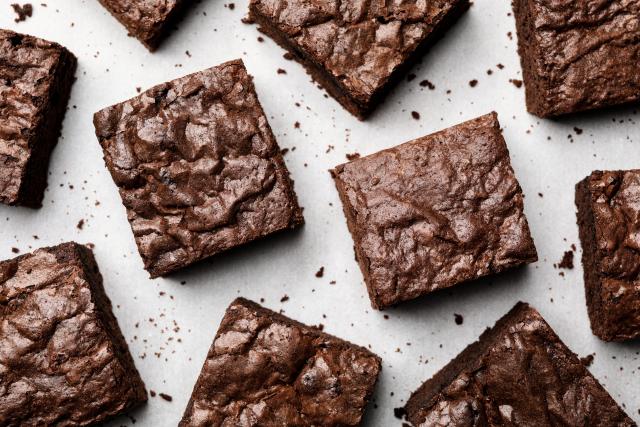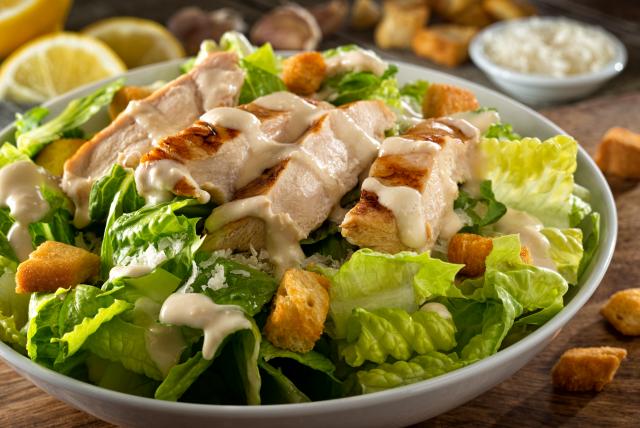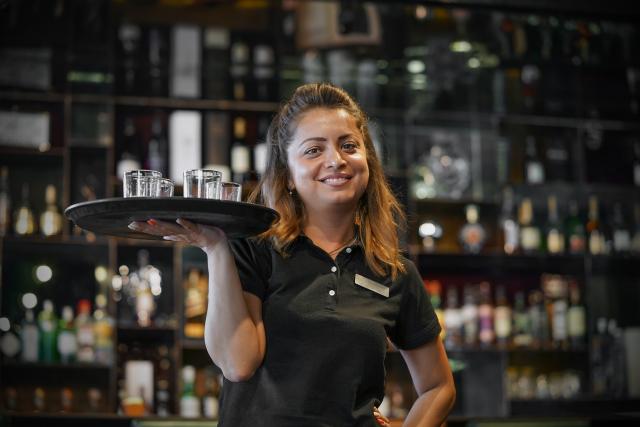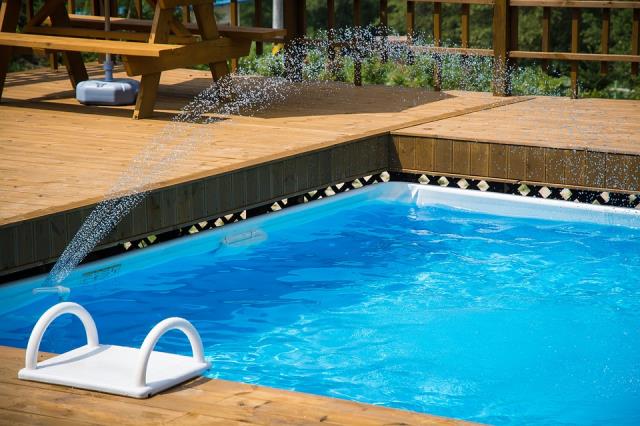It’s a dying art, say some of Melbourne’s older hairdressers, or ‘barbers’ as they used to be called. Younger cutters are a little more optimistic — after all, trends and styles come and go, but hair just keeps on growing, writes Robert Fedele.
HE tilts my head backwards and begins painting my face with shaving cream, the mixture of talc and hair products in the air seeping into my nostrils with each shallow breath.
I ask him, somewhat jokingly, not to cut me. In his native tongue he tells me not to worry. To relax. And think of a girl.
I’m in Vince Bernardi’s barber shop in Moonee Ponds, the suburb where he’s cut men’s hair since 1976.
It doesn’t take long for me to grow a beard. Left untouched a few days, my face is shadowed by a thick, black covering of hair.
Many say the closest and smoothest shave can be found in the barber’s chair, an old-world institution which is fading over time.
For some reason I’ve never taken the plunge, perhaps due to indifference, more likely from the fear of having an old timer dangling a blade close to my neck; they do call it a cut-throat after all.
Vince is a small man with thinning salt and pepper hair, skinnier than the younger and more robust version captured in a photo frame that adorns the wall.
He’s 72 and as sharp as a tack. He shuffles around his shop in slippers, greeting customers with a smile and searching for chit-chat on anything but politics.
Sporting souvenirs double as decoration; there are posters of the Essendon Football Club and Black Caviar.
On the second, and less used of his barber’s chairs, rests a razor strop his uncle presented as a gift 60 years ago.
It’s a sturdy piece of leather one might imagine a father using to discipline a child.
Vince’s blue barber’s shirt hangs on a coat rack, waiting to be pulled out during winter. On quiet days the radio is his best friend.
Vince migrated to Australia when he was 25, leaving his home town in Calabria, Italy, at a time when he says ‘‘there was nothing’’.
He began his career in barbering at age six, scampering to a local hairdresser’s each night after school to absorb the skills of townsmen named Michael and Pasquale.
By 10 he was working and executing hot shaves with precision.
Before long he had opened his own shop, which he emembers fondly as a hub of daily news and gossip.
‘‘When I was 15 I was already the boss. In Italy, veryone used to go to the barber shop after school. First we did the shave and after that the haircut.’’
Vince reckons he can get through about 150 customers in a day, 200 on a really good one.
His only regret is not learning to cut women’s hair.
I ask him how long he thinks he can keep going. ‘‘Another couple of years, another couple
of years,’’ he says, hands motioning. ‘‘My customers don’t want me to retire, but I can’t stay here forever.’’
In Footscray, barber Giuseppe (Joe) Squatrito guesses he has a few more years up his sleeve, maybe three or four.
Like Vince, Joe migrated from Italy having learned the trade in his homeland as a boy.
Joe’s father and brother were fishermen in the family’s seaside town, but they pushed him to become a barber because he could earn more money.
‘‘I didn’t have much choice. It was a time when parents told you what to do,’’ he recalls.
‘‘I come from a place where there was a lot of fishermen and farmers. People didn’t worry about safety razors and shaving. Sometimes we used to work until 11 at night.
‘‘The fishermen came in the morning and the farmers used to come late when they’d finished their work.’’
Joe is 62 and has been on Barkly Street 45 years. He says he loves the job. In the beginning he charged 40 cents for a shave and 60 cents for a haircut.
Joe believes traditional barber shops are dying and will slowly dwindle away.
‘‘If I had more time to teach somebody I probably would have done it. But working by myself I didn’t.’’
Braybrook barber Toni Tripunoski reluctantly agrees with Joe’s outlook.
‘‘This young generation, no one is interested in doing traditional men’s hairdressing. It’s all about quick money,’’ Toni bemoans.
‘‘All the barbers are dying. But for me it doesn’t matter. Whatever I make I make.’’
Toni’s store is part museum, part barber shop.
Displayed are a cash register from the 1800s, old numberplates and posters, a photo of James Dean, books, CDs, radios, classic cars in plastic boxes, everything and anything you could imagine.
His own baby-blue Chevy sits parked on the nature strip across the road with a for sale sign plastered on the windscreen.
Toni explains how the vintage items make their way into his shop. He regularly attends swap meets and garage sales, always on the hunt for something new.
‘‘For me, it’s a pleasurable thing to look at them and enjoy them, to tell people what we had before this and remind them.
‘‘It also kills some time while they’re waiting. You’re not bored sitting in a chair doing nothing.’’
Toni moved to Australia when he was 20 after completing an apprenticeship back home in Macedonia.
He’s worked across Melbourne but prefers the west, where he says people are more genuine.
Toni has no intention of giving up the game, despite just getting by.
‘‘I’m going nowhere. I’ll be here for a long time. I’ll never do anything else. This is what I do, take it or leave it. This is who I am.
‘‘I try to do the best I can because barbering is dying. Everyone goes where the money is.’’
Bucking the trend is Salvatore Fazzari, who at 23 is one of the youngest ‘traditional’ barbers in Australia.
He’s typical of a new breed of hairdressers merging — a ‘retro barber’ hoping that men in their 20s and 30s will flock back to the local barber who snipped their hair as a child.
Sal’s dad Natale was a barber in Italy, back in ‘‘the old country’’.
Sal remembers sweeping up hair as a teenager in the shop where his father worked in Brunswick, but he stresses he had no intention of following in his footsteps.
How things change.
‘‘The first day of year 11 at school, I said, ‘Miss, I can’t take this any more’. Within a week I had started at hairdressing school.’’
Sal graduated and now feels pride in keeping the tradition alive at his own shop in Williamstown, where his father helps out on bustling Saturdays.
“You won’t see many young people doing this job any more. It’s sad. But everything dies.’’
Sal is relaxed and composed, confident, but not cocky, donning a uniform of black slacks, white shirt, and black vest.
He calls everyone sir and fires questions at customers, responding in routine repetition: ‘‘No problem, no problem’’.
Sal cites focus and a steady hand as the keys to making a good barber, which he also points out is why he stopped drinking so much coffee.
He credits his father with teaching him his most important lesson, something today’s hairdressing schools have ignored: ‘‘The shaves. Nothing can beat the shaves,’’ he says, eyes lighting up.
‘‘You’ve got to know which way to hold the razor. You’ve got to be careful how hard you press, how hard you don’t press.’’
Sal isn’t sure if he’ll be around for as long as Vince, Joe, and Toni, but for now he’s happy just to be making a quid.
‘‘Barber shops, no matter what, if people are going downhill, other people are going uphill.
“We’re always steady because everybody needs a
haircut.’’







